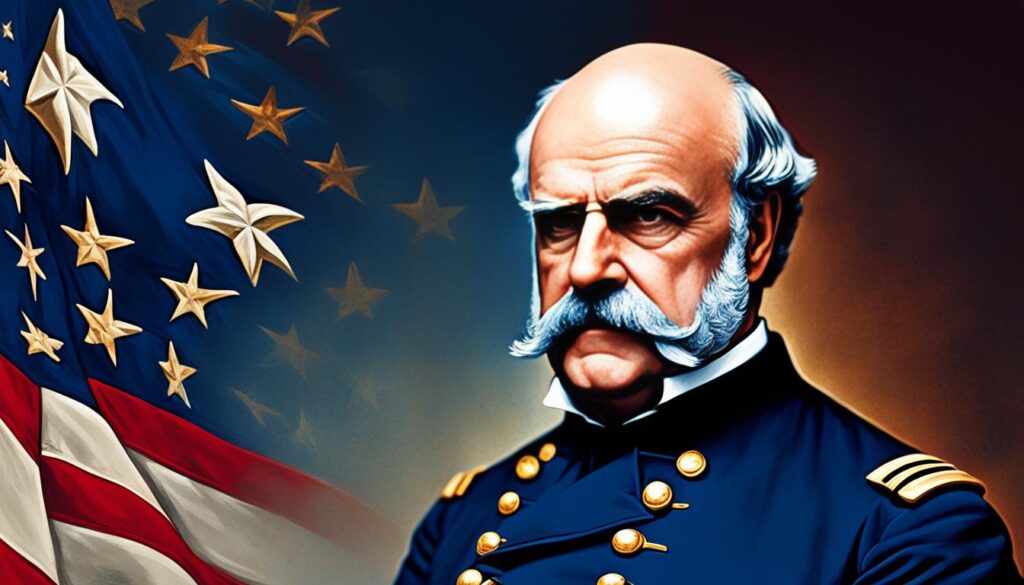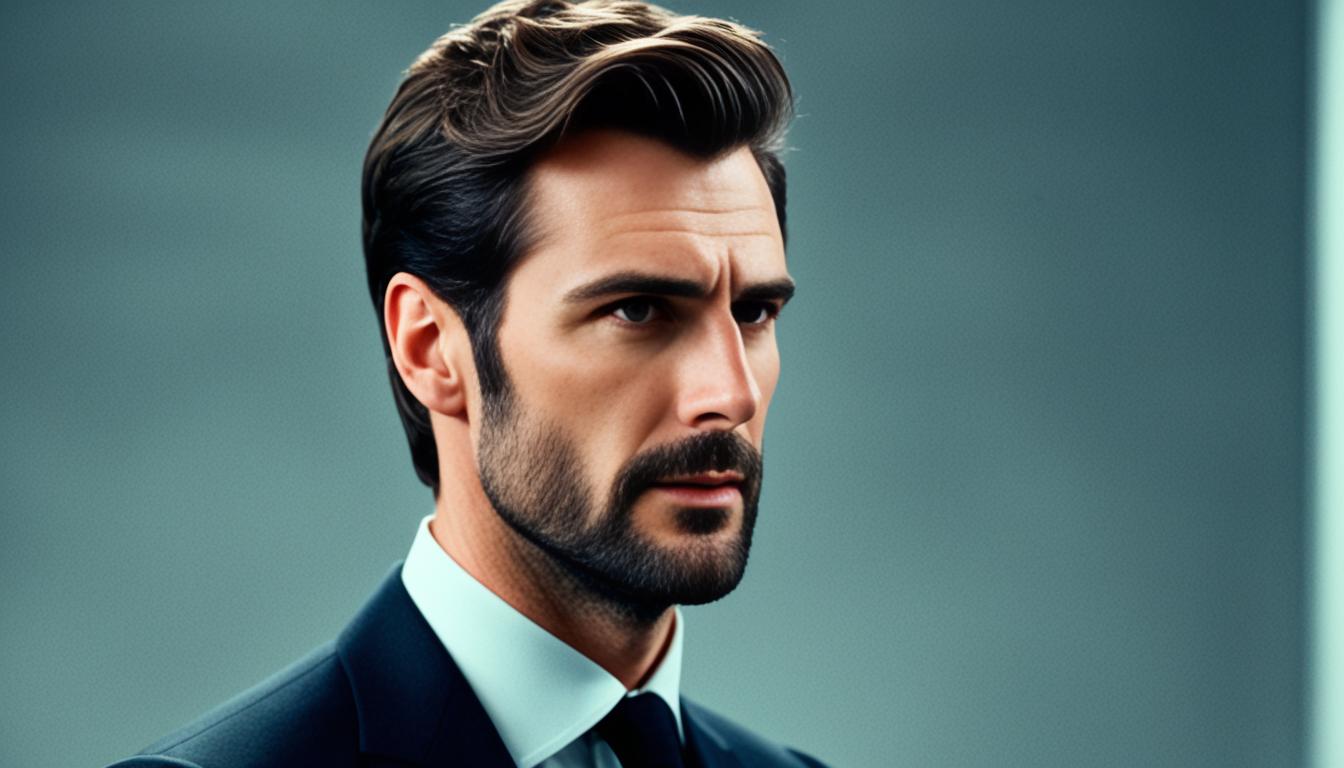Sideburns have a fascinating history rooted in the American Civil War. This facial hair style got its name from Union General Ambrose Burnside. He sported this distinctive look during the war.
Burnside didn’t invent the style, but his facial hair became famous. People coined the term “burnsides” to describe similar looks. Over time, “burnsides” changed to “sideburns,” referring to hair on the face’s sides.
Burnside’s facial hair influenced fashion trends during the Civil War era. It also left a lasting mark on the English language and popular culture. His unique style remains linked to his name in military and fashion history.
Key Takeaways
- Sideburns are named after Union General Ambrose Burnside, who sported the distinctive facial hair during the Civil War.
- The term “burnsides” was coined to describe replicas of Burnside’s famous facial hair style.
- “Burnsides” eventually evolved into “sideburns,” likely due to the style involving facial hair on the sides of the face.
- Burnside’s iconic look influenced fashion trends during the Civil War era and left a lasting impact on the English language and popular culture.
- The general’s unique facial hair style continues to be associated with his name, securing his place in both military and fashion history.
The Man Behind the Iconic Facial Hair: Ambrose Burnside
Ambrose E. Burnside was a key figure in American history. Born in 1824, he was known for his unique facial hair. Burnside served as a Union general, Rhode Island governor, and U.S. Senator.
Burnside’s early career focused on firearms manufacturing. He patented the Burnside carbine, a lightweight rifle popular among soldiers. This invention showed his innovative spirit and technical skills.

After graduating from West Point in 1847, Burnside joined the Union forces. He rose quickly through the ranks during the Civil War. Eventually, he commanded the Army of the Potomac, a major Union army.
Burnside’s military record had both successes and failures. However, his loyalty to the Union cause was never doubted. His leadership was crucial during this difficult time.
After the war, Burnside entered politics. He served three terms as Rhode Island’s governor from 1866 to 1869. Later, he represented Rhode Island in the U.S. Senate from 1875 until 1881.
Burnside’s legacy goes beyond his military and political work. His distinctive facial hair style became known as “sideburns”. This term, coined in his honor, remains part of our language today.
The Evolution of the Term “Sideburns”
Sideburns weren’t always called that. They were first known as “burnsides” after General Ambrose Burnside. His facial hair style featured thick cheek hair connecting to a mustache. The chin stayed clean-shaven.
Before World War I, military grooming rules were loose. Soldiers could wear various facial hair styles. Many followed popular trends like beards, goatees, and long side-whiskers.
“Sideburns” came from a playful twist on “burnsides.” It referred to long hair strips in front of the ears. This term first appeared in print in 1875.
Sideburns became a trendy, less extreme version of the Burnside style. As facial hair trends changed, the term stuck around. It’s now a permanent part of men’s grooming vocabulary.

Leave a Reply